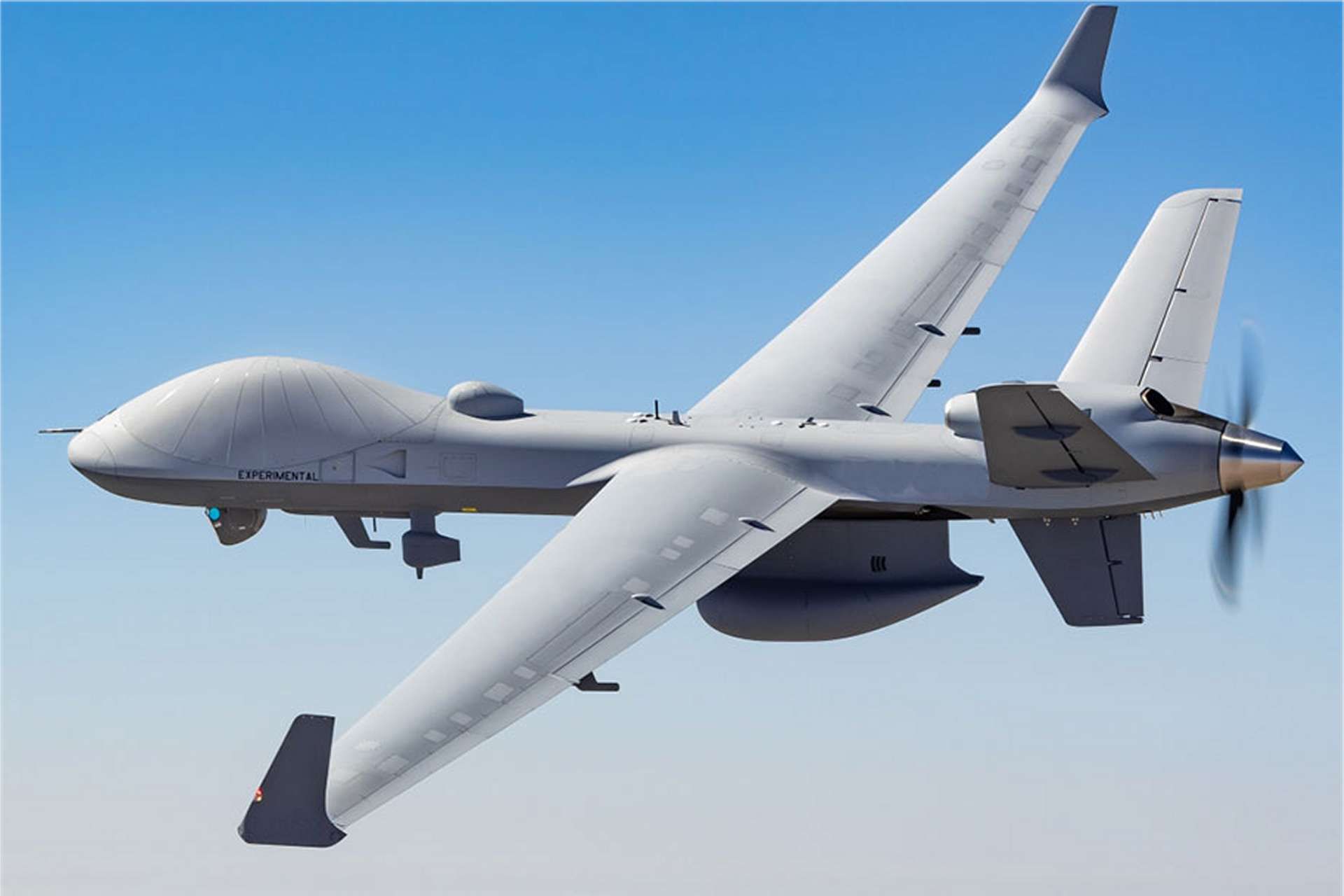Breaking News
Japan Increases Maritime Surveillance with SeaGuardian High-Endurance Drone Selection.
On December 3, 2024, the Japan Maritime Self-Defense Force (JMSDF) announced the selection of the SeaGuardian® remotely piloted aircraft (RPA) system from General Atomics Aeronautical Systems, Inc. (GA-ASI) as part of its long-endurance drone program. This decision follows a series of trials conducted since May 2023 under the Medium-Altitude Long-Endurance (MALE) systems project, aimed at assessing the performance of drones for missions traditionally handled by manned aircraft. The trials demonstrated the SeaGuardian’s ability to meet the JMSDF’s maritime surveillance requirements.

Japan selects GA-ASI SeaGuardian long-endurance drone. (Picture source: General Atomics)
The SeaGuardian is a MALE RPA capable of extended flights exceeding 24 hours, depending on its configuration. Its advanced Maritime Wide Area Surveillance (MWAS) capabilities, enhanced by GA-ASI's Optix+ software suite, provide operators with a complete real-time operational picture. Optix+ integrates data from the SeaGuardian’s sensors and other intelligence sources, enabling automatic detection and analysis of unusual behavior across vast oceanic areas. This feature supports the JMSDF’s mission to ensure maritime security and enhances Japan’s intelligence, surveillance, and reconnaissance (ISR) capabilities in a complex geopolitical context.
Equipped with state-of-the-art technology, the SeaGuardian features two multi-mode maritime surface-search radars with Inverse Synthetic Aperture Radar (ISAR) imaging, an Automatic Identification System (AIS) receiver, high-definition optical and infrared cameras, and electronic intelligence receivers. These systems enable real-time detection, tracking, and identification of surface vessels over thousands of square nautical miles. The system can also automatically correlate AIS data with radar and electronic intelligence tracks, delivering unparalleled maritime situational awareness.
The JMSDF’s selection of the SeaGuardian® system reflects a strategic effort to modernize its maritime surveillance capabilities through the integration of high-performance drones. The process began in May 2023 when the JMSDF initiated trials under the MALE systems project, aimed at evaluating drones as an alternative or complement to manned aircraft missions.
During these trials, the SeaGuardian showcased exceptional capabilities in various operational scenarios, including continuous surveillance over large maritime areas and automatic target detection. Its performance underscored its suitability for the JMSDF’s specific needs, such as real-time intelligence collection, tracking anomalous maritime behavior, and correlating multi-source data. These trials also confirmed the SeaGuardian’s operational endurance of over 24 hours, a critical factor for long-duration maritime missions.
The final decision, announced on December 3, 2024, was driven by several factors: the SeaGuardian’s advanced technology, its ability to detect and identify maritime targets with a comprehensive sensor suite, and its integration with GA-ASI's Optix+ software. This software rapidly correlates collected data and provides clear visualization for operators, facilitating real-time decision-making.
This acquisition aligns with the JMSDF’s long-term vision of bolstering maritime security within a complex geopolitical environment in the Asia-Pacific region. By integrating SeaGuardian drones into its fleet, Japan is equipping itself with a high-performance tool to monitor its vast territorial waters and anticipate emerging threats while reducing risks to human crews.
This acquisition highlights the JMSDF’s commitment to adopting innovative unmanned solutions for maritime security. By leveraging the SeaGuardian’s extended operational endurance and advanced ISR suite, Japan enhances its capability to monitor and protect its maritime domain, contributing to regional stability and advancing its strategic defense objectives. The partnership between GA-ASI and the JMSDF reflects a shared vision of integrating unmanned technologies to address emerging threats and challenges in the Indo-Pacific region.
The development of the SeaGuardian® by General Atomics Aeronautical Systems, Inc. (GA-ASI) began as an extension of its MQ-9 series, with a focus on maritime operations. Introduced in the late 2010s, it was designed to meet the growing demand for unmanned systems capable of persistent, wide-area maritime surveillance. By 2020, the SeaGuardian had integrated advanced sensor technologies, including multi-mode radars, an Automatic Identification System (AIS), and high-definition electro-optical/infrared cameras, tailored for naval and coastal security missions. In 2023, its capabilities were tested extensively in operational scenarios, such as during the JMSDF’s MALE trials, confirming its suitability for replacing or augmenting manned surveillance aircraft. The JMSDF's selection in December 2024 marks a significant milestone in its operational adoption for maritime security.
Japan has explored several options for its long-endurance drone program. In addition to the SeaGuardian from General Atomics, the Japan Air Self-Defense Force acquired three RQ-4 Global Hawk High-Altitude Long-Endurance (HALE) drones, with the first delivery taking place in March 2022. Furthermore, in December 2023, Japan obtained observer status in the European MALE (Medium-Altitude Long-Endurance) drone program, led by Airbus, Dassault Aviation, and Leonardo, signaling interest in potential future collaboration in this domain. These initiatives highlight Japan's strategy to diversify and modernize its surveillance and reconnaissance capabilities.
Military relations between the United States and Japan have strengthened over the past decade in response to growing tensions in the Asia-Pacific region. Since 2017, Japan has deepened its cooperation with the United States by acquiring advanced systems to modernize its defense capabilities. These include F-35A and B fighter jets for its air force and converted helicopter carriers, as well as the Aegis Ashore missile defense system (partially suspended) and the AN/SPY-7 radar to protect against ballistic missile threats. This technological and operational partnership underscores the United States' pivotal role in enhancing Japan's defensive posture, particularly amid China’s military expansion and North Korea’s provocations.


























